When a Crane Stops, Everything Stops
There is a particular kind of silence when an overhead crane in NJ stalls in the middle of a shift. Operators stop, crews gather, and production halts while the clock ticks away dollars. Downtime can climb into thousands per hour, and the ripple effect carries into the next day. These breakdowns almost always trace back to earlier decisions: misapplied duty class, misaligned runways, under-sized hoists, or neglected inspections.
SISSCO has seen these failures across facilities in New Jersey, New York, and beyond. The lesson is clear. Predictable uptime is not luck. It is the result of disciplined choices in design, installation, and service, carried through for the life of the crane.
Start with the Duty Cycle, Not the Catalog
Capacity is the number that gets attention, but duty cycle is what determines whether a crane lasts or fails early. A 20-ton crane may be reliable in a maintenance bay but fail within months if pressed into continuous production service. The Crane Manufacturers Association of America (CMAA) defines classes A through F to separate light, moderate, heavy, and severe service. Matching the right class to the real workload is the most important decision in design.
At SISSCO, we begin by gathering the actual numbers: load spectrum, lifts per hour, hours per shift, and environment. Those details lead directly to the right CMAA class. From there, motor ratings, brake sizing, and gearbox life can be set honestly. When the duty class is correct, the crane feels unremarkable in daily use, which is exactly how reliability should feel.
Choose the Configuration that Prevents Bad Habits
When the wrong crane type is installed, it shows up in operator behavior. Side pulls, diagonal hoisting, and forklifts doing the crane’s job are all signs of a misfit system. The right configuration eliminates those habits and covers the work cleanly.
- Bridge cranes cover full bays. Single girder versions handle moderate capacities with lighter structures, while double girders provide hook height and heavy duty service.
- Gantry cranes stand on their own legs and run on rails or wheels. They are often used outdoors or where the building cannot carry a runway system.
- Monorails follow a fixed path and excel in paint lines, assembly processes, or maintenance routes where predictability is more valuable than flexibility.
- Jib and workstation cranes bring ergonomic lifting to work cells. They cover smaller areas, reduce manual strain, and keep repetitive lifts safe and efficient.
Each option is not a menu choice but a conclusion. If the hook can reach every required pick and set point with straight, controlled motions, the right configuration has been chosen.
Hoist and Controls are Where Precision Lives
Operators feel the difference between a crane that jerks into motion and one that moves smoothly. Precision starts with the hoist. Wire rope hoists provide higher capacities, faster lift speeds, and longer duty life. Chain hoists serve well at lower capacities with simpler maintenance.
Controls carry equal weight. Variable frequency drives eliminate harsh starts and stops, limit switches prevent over-travel, and load monitoring stops an overload before it damages equipment or injures someone. Radio controls allow operators to position themselves where visibility is safest. Together, these systems make precise, predictable motion the standard rather than the exception.
Runway and Electrification Make or Break Performance
Even the best hoist cannot overcome a poor runway. Rails that are slightly out of alignment overload wheels and motors, causing premature wear that looks like random failure. Proper design and installation keep rails level, aligned, and supported for the life of the crane.
Electrification also matters. Conductor bars, festoon systems, or energy chains must be chosen for the travel distance, environment, and duty profile. If these systems are undersized or poorly protected, they cause intermittent faults and downtime. Treating runway and power delivery as part of the crane system, not separate pieces, is what keeps the machine consistent year after year.
Service Protects What Design Created
Even the most carefully designed crane will fail without regular service. Inspections, preventive maintenance, and modernization programs extend life and keep uptime predictable.
- Inspections work in layers. Pre-use checks catch immediate hazards. Frequent checks track wear trends in ropes, chains, and brakes. Periodic inspections verify the whole system and include non-destructive testing where required.
- Preventive maintenance ties service intervals to duty hours instead of just the calendar. Lubrication, brake torque checks, gearbox inspections, and parameter backups should all follow real use.
- Modernization extends the value of a solid mechanical frame. Upgrading controls, drives, or safety systems stabilizes performance and delays the need for full replacement.
When an issue still appears unexpectedly, response time matters. SISSCO’s 24/7 service exists because we have seen the true cost of a crane stuck mid-shift. That cost can reach $7,000 per hour. Prevention will always be less expensive than reaction.
Predictable Uptime is Engineered & Then Protected
The most reliable cranes are never accidents. They are the result of disciplined choices made before fabrication and reinforced through consistent service. Defining duty and flow honestly sets the foundation. Selecting the right configuration ensures the work is covered without shortcuts. Precision in hoist, controls, runway, and electrification turns design into performance. None of it holds without inspections and maintenance that match how the crane truly works. When these elements align, the crane fades into the background, carrying production safely and quietly, exactly as it should.



